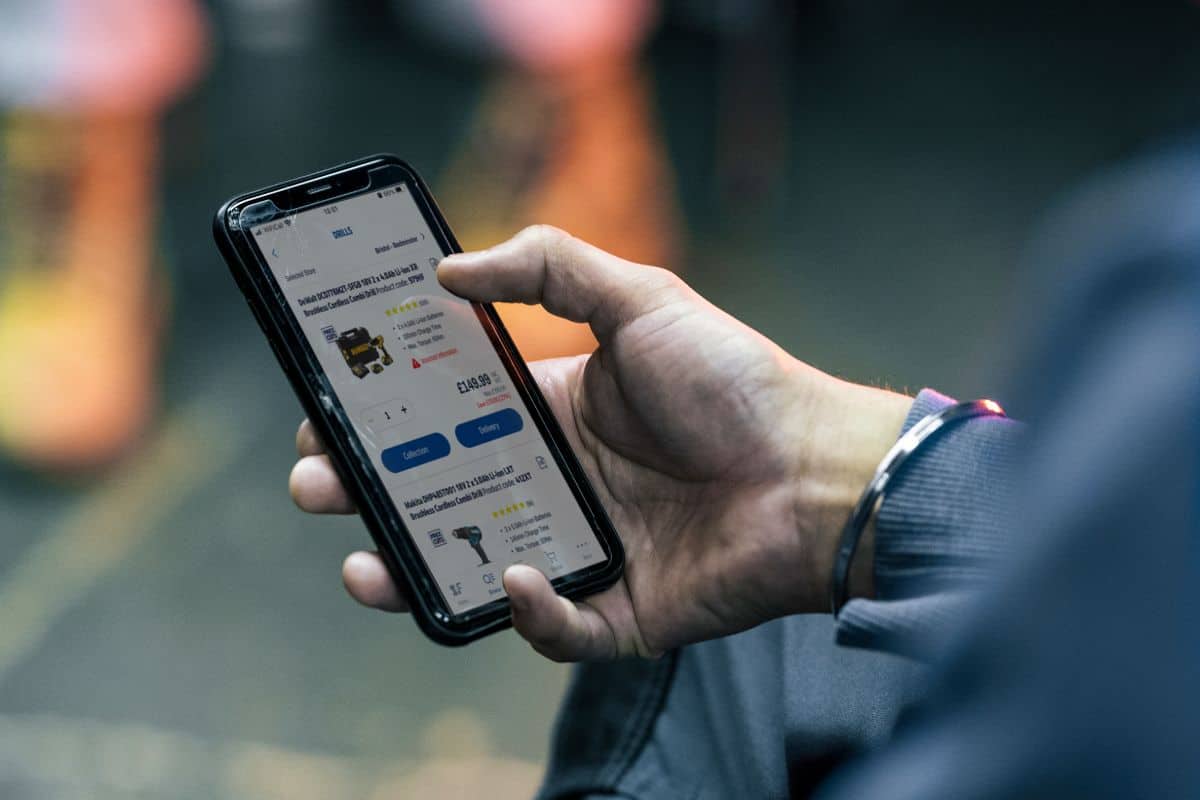Despite the rapid growth of eCommerce and ongoing cost-of-living pressures, bricks-and-mortar retail remains a cornerstone of the UK economy. In 2024, the sector generated £468 billion in sales and employed approximately 2.8 million people, accounting for nearly 10% of the British workforce.
But the landscape is becoming increasingly complex. Retailers are grappling with rising operating costs, fragile consumer confidence, and an uptick in cyber threats. High-profile incidents—such as the IT outage that affected two popular supermarket chains recently—have exposed vulnerabilities in critical systems, while the broader retail sector continues to face pressure from volatile supply chains and shifting shopper expectations.
In this environment, seamless and secure operations are essential for maintaining a competitive edge. At the heart of this is robust, reliable connectivity. Retail businesses are no longer self-contained entities focused solely on checkout systems and inventory management. A strong network infrastructure now underpins everything from payment processing and supply chain coordination to customer engagement and cybersecurity, ensuring business continuity and long-term growth.
Supply Chain Disruptions and Network Outages
Supply chain disruptions have created significant hurdles for retailers, affecting inventory availability and consumer demand. These disruptions, often caused by geopolitical factors, economic fluctuations, and logistical constraints, make efficient inventory management critical. Connectivity plays a vital role in real-time stock tracking and demand forecasting, helping businesses adapt quickly to supply chain uncertainties.
Beyond supply chain disruptions, network outages—whether due to internet failures, power disruptions, or IT system breakdowns—can bring retail operations to a standstill. In recent years, multiple high-street retailers have experienced major outages that left customers stranded at checkouts, forced stores to go cash-only, and even led to temporary closures. According to IBM’s Cost of a Data Breach Report, the average cost of a retail data breach has risen to $3.48 million, and it takes an average of 204 days to identify and contain a breach—emphasizing how disruptive even short-term connectivity failures can be.
Evolving Customer Expectations
Consumers today expect fast, personalised, and flexible shopping experiences, whether in-store, online, or through hybrid models like click-and-collect. This shift demands omnichannel synchronization, where customer data, stock visibility, and purchasing history are integrated across platforms.
Reliable connectivity ensures that digital and physical retail environments are tightly connected, enabling personalized promotions, seamless returns, and frictionless checkouts. It also supports modern payment expectations—from card and digital wallets (Apple Pay, Google Pay) to subscription and in-app payment options.
Emerging Technologies in Retail
Technological innovation is also reshaping the industry. Retailers are increasingly experimenting with augmented and virtual reality, holographic displays, and immersive brand experiences. Companies like Nike and Adidas are already investing in virtual retail spaces, allowing customers to explore and purchase in fully digital environments.
These innovations rely heavily on high-speed, low-latency connectivity. Without it, even the most exciting in-store technologies can become liabilities rather than assets—delivering glitchy, frustrating experiences rather than seamless engagement.
Ensuring Operational Resilience
Ensuring operational resilience in retail requires a strong network infrastructure that supports critical systems. Point-of-sale systems, inventory management, and back-office operations all rely on high-speed, stable connectivity, and multi-access broadband can be the answer here. Having a single point of connection between a business and the greater network is of course a liability, so having a connectivity solution dynamically leveraging multi-carrier connections allows businesses to connect even when one or more carriers are down. An uninterrupted network minimises downtime, maximises revenue, and enhances operational efficiency. Without a secure, resilient network with multiple redundancies, retailers may risk revenue losses, customer dissatisfaction, and reputational damage caused by outages and system failures.
Ensuring Security in Retail
Cybersecurity threats targeting the retail sector are on the rise, with attackers exploiting vulnerabilities in payment systems and customer databases. A secure network infrastructure is essential for protecting sensitive customer data, ensuring encrypted payment processing, and safeguarding operational systems from ransomware and malware attacks. However, one of the greatest challenges retailers face is convincing IT leadership to grant third-party providers access to their data centers and infrastructure. To address these concerns, retailers must work with connectivity providers that offer transparent security protocols, robust encryption, and regulatory compliance to maintain data integrity.
Optimising the Customer Experience
Application-centric connectivity does more than keep the lights on—it enables innovation. From mobile checkouts and loyalty apps to AI-driven product recommendations and interactive displays, modern connectivity unlocks new levels of customer engagement.
Retailers can analyse real-time data to improve store layouts, optimize staffing, and run targeted promotions. Personalisation and convenience become competitive advantages, underpinned by the network infrastructure.
Making Connectivity a Priority in Modern Retail
In today’s retail environment, secure, reliable connectivity isn’t a ‘nice to have’—it’s a strategic necessity. As digital transformation accelerates, only retailers with future-ready network solutions will be able to overcome disruption, delight customers, and stay competitive.
The right connectivity empowers retailers to focus on what matters most—delivering seamless customer experiences and driving sustainable growth.
To learn more, visit: https://tnsi.com/solutions/payments/connect/retail-site-connectivity/
About the author
John Tait is Transaction Network Services’ (TNS) Global Managing Director for its Payments Market business.
About TNS
TNS is a global leader in providing full-stack, modern and secure payment and network solutions. As a leading provider of Infrastructure-as-a-Service (IaaS) solutions with more than 30 years’ experience, TNS has been offering managed service solutions to more than 1,400 organizations in over 50 countries. TNS’ comprehensive portfolio spans from cutting-edge unattended and in-store payment terminals, online solutions to secure global network connectivity and seamless payment processing through its cloud native payment orchestration platform. With TNS’ portfolio of industry leading services, customers can reduce the complexities of fragmented payments and connectivity with just one trusted managed service partner.
For more information, please visit: tnsi.com.







